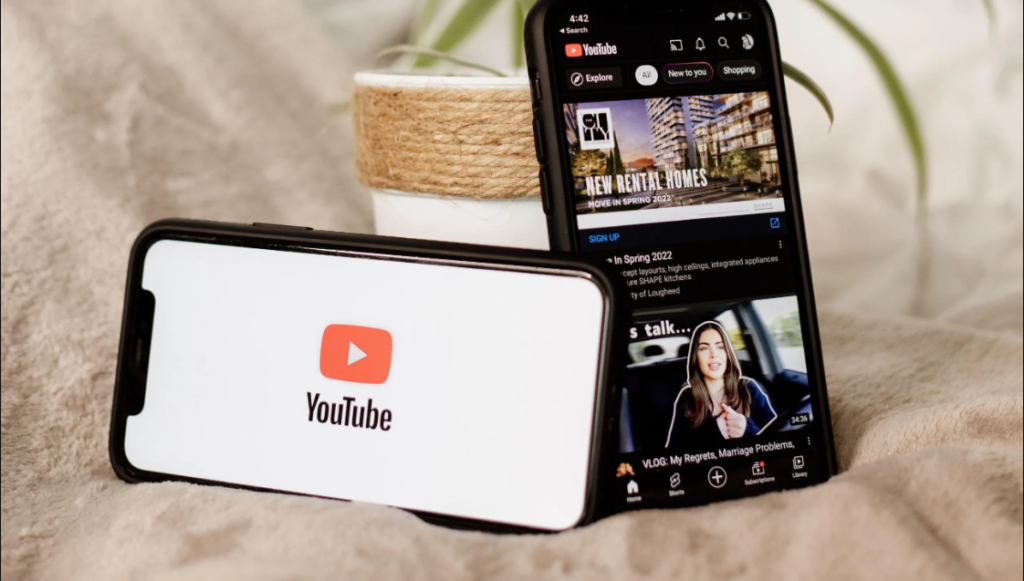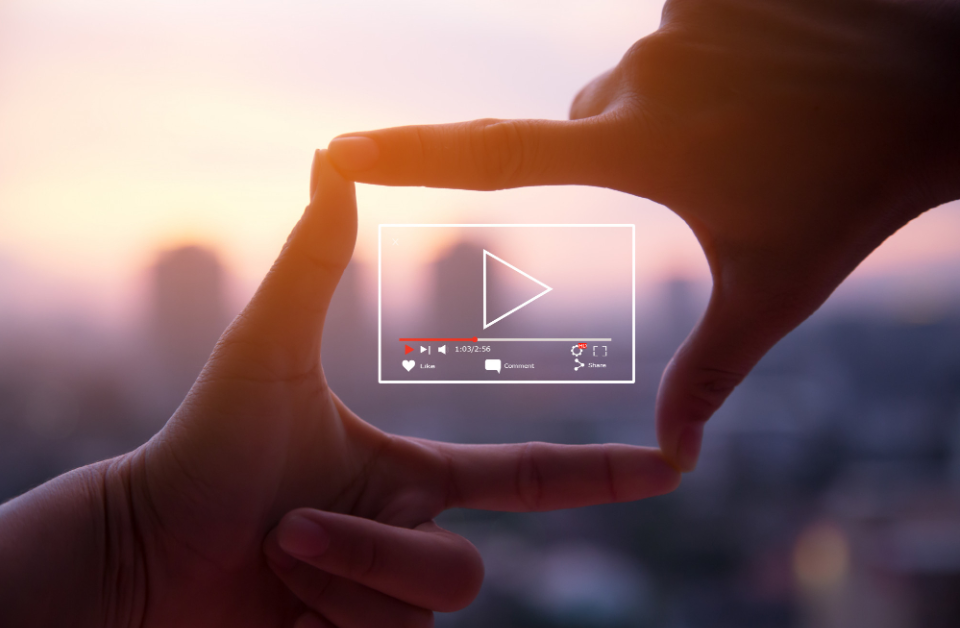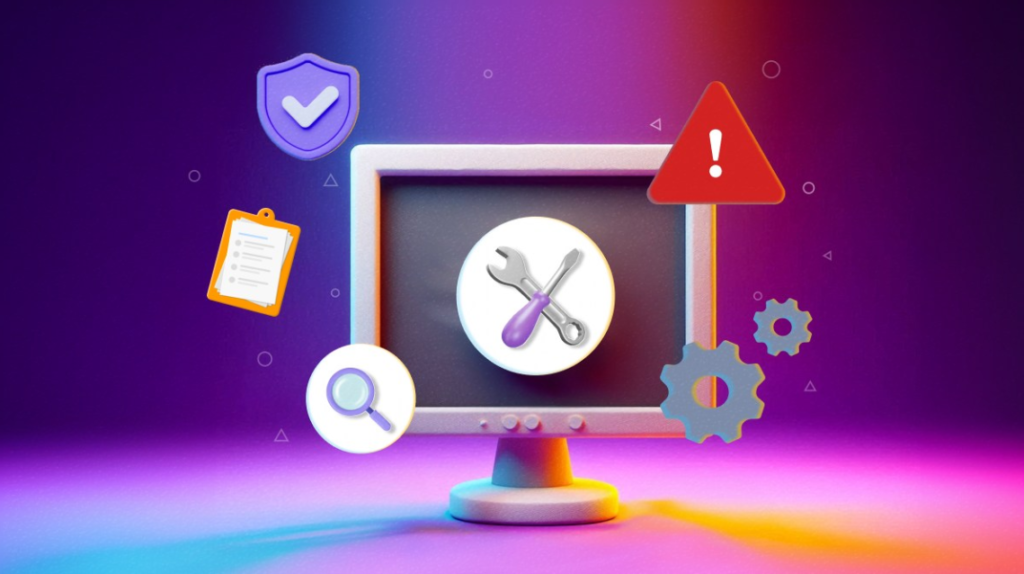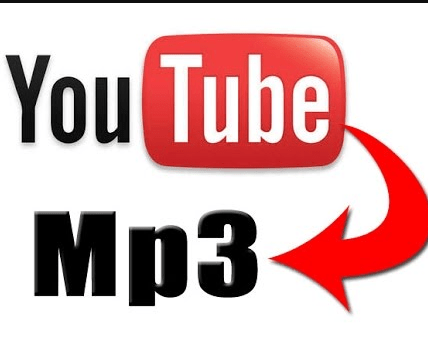Why Do Videos Stop Playing Suddenly?
In today’s digital age, video content is everywhere—YouTube, Netflix, Instagram, websites, and even emails. But what happens when a video just won’t play? You click on a video and all you see is a spinning wheel, a black screen, or a frustrating error message. It’s a common issue, and luckily, there are several easy ways to fix it. Whether you’re on a phone, laptop, or smart TV, this article will help you understand the reasons and solutions.
Common Reasons Why Videos Don’t Play
1. Slow or Unstable Internet Connection
If your internet speed is too slow or keeps dropping, videos may not buffer properly. YouTube or Netflix might show an error, or the video might not start at all.
Solution:
- Check your Wi-Fi signal strength
- Restart your router
- Try connecting to another network
- Use a speed test tool to check internet speed
2. Outdated Browser or App

Old versions of browsers or video apps can cause playback issues. Sometimes, the platform requires the latest version to function properly.
Solution:
- Update your browser (Chrome, Firefox, Safari, etc.)
- Update video apps like YouTube, Netflix, or Instagram
- Restart your device after updating
3. Cache and Cookies Overload
Too much cached data and cookies can slow down performance and prevent videos from playing correctly.
Solution:
- Clear browser cache and cookies
- For apps, go to settings and clear app cache
- Restart the app or browser after clearing data
4. Disabled JavaScript
Many websites require JavaScript to play videos. If it’s disabled in your browser, videos might not load at all.
Solution:
- Go to your browser settings
- Enable JavaScript
- Refresh the video page
5. Corrupt or Unsupported Video File

If you’re trying to play a downloaded video file (like MP4, MKV, etc.), it might be corrupt or not supported by your media player.
Solution:
- Try a different video player (like VLC Media Player)
- Re-download the video file
- Convert the file to another format
6. Adobe Flash Player or Codec Issues
Some videos (especially on older websites) may still use Flash or need special codecs to run.
Solution:
- Download required codecs (like K-Lite Codec Pack)
- Use browsers that still support legacy formats
- Avoid old Flash-based websites if possible
7. Device Memory Issues
If your device’s RAM or storage is almost full, videos may freeze or fail to play due to insufficient resources.
Solution:
- Close background apps and tabs
- Clear unnecessary files
- Restart your device
8. Video Playback Blocked by Antivirus or Firewall
Sometimes, security software may mistakenly block video content or streaming platforms.
Solution:
- Temporarily disable antivirus or firewall
- Add video sites to the “safe” list
- Always re-enable antivirus after troubleshooting
Device-Specific Fixes
On Windows PC:
- Use Chrome or Firefox as the default browser
- Update display drivers
- Run Windows Update to install system patches
- Disable hardware acceleration from browser settings
On Android Phones:
- Clear cache from “Storage” settings
- Update your phone’s software
- Use apps instead of browsers for video streaming
- Restart your device regularly
On iPhones or iPads:
- Use Safari or the YouTube app for video streaming
- Reset network settings if the issue persists
- Check for iOS updates
- Reinstall faulty apps
On Smart TVs:
- Reboot the TV using remote or power button
- Update the firmware
- Ensure a stable internet connection via LAN or Wi-Fi
- Uninstall and reinstall problematic apps like Netflix or YouTube
Additional Troubleshooting Tips

- Try Incognito Mode: Sometimes browser extensions interfere with video playback. Incognito disables them.
- Use Another Browser or App: If one doesn’t work, try another to isolate the problem.
- Switch to a Lower Video Resolution: Reduces bandwidth needs, especially useful on slower networks.
- Disable VPN: VPNs may cause content to be blocked or slow down buffering.
- Look for Platform-Specific Errors: Error codes like “YouTube Error 400” or “Netflix Error NW-2-5” have tailored solutions online.
FAQs
Q1: Why do videos keep buffering even with fast internet?
A: Sometimes, server issues, network congestion, or outdated apps cause buffering despite good internet speed.
Q2: What is the best video player for Windows?
A: VLC Media Player is widely considered the best due to its support for almost all formats and codecs.
Q3: Can I fix video not playing on mobile without restarting?
A: Yes, try clearing the app cache, switching internet connections, or updating the app first.
Q4: Why won’t my downloaded video open?
A: The file may be corrupt or in an unsupported format. Try playing it with VLC or converting it online.
Q5: What to do if videos work on Wi-Fi but not on mobile data?
A: Check if your mobile network restricts streaming or if your data saver is turned on.
SEO-Friendly Keywords Used in Article
- Video not playing
- Fix video playback issues
- YouTube video won’t load
- How to play video file
- Why video keeps buffering
- Best video player
- Video troubleshooting guide
- Streaming issues fix
Conclusion: Say Goodbye to Video Playback Problems
Video playback issues are annoying, but they don’t have to ruin your day. Whether it’s a browser glitch, a network hiccup, or a corrupted file, most problems can be solved in just a few minutes. Use the tips in this guide to fix videos that won’t play on your devices—be it PC, phone, or smart TV. Always keep your apps and systems updated, clear cache regularly, and ensure a strong internet connection. Next time your video refuses to play, you’ll know exactly what to do.




